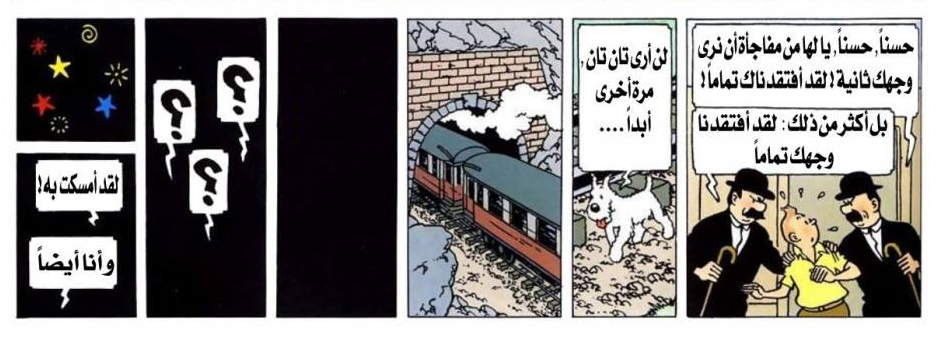 Frames from the Arabic translation of The Adventures of Tintin.
Frames from the Arabic translation of The Adventures of Tintin.
The year is 1975. An early Saturday morning dawns and preteens and teens around Egypt eagerly await the moment they can get their hands on the week’s copies of Tintin Magazine. Some rush to the newspaper stand on their way to school. Others race their siblings home to be the first to snatch the copy their parents bought on their way home from work.
Starting from the early 70s and continuing into the 80s, young people in Egypt who felt a little too old for the popular Mickey comics, yet too young to confine their reading exclusively to picture-free books, were drawn to this weekly magazine that contained a variety of stories, comics, facts, and quizzes alongside the iconic Belgian bande dessinée, The Adventures of Tintin, by the artist Hergé.
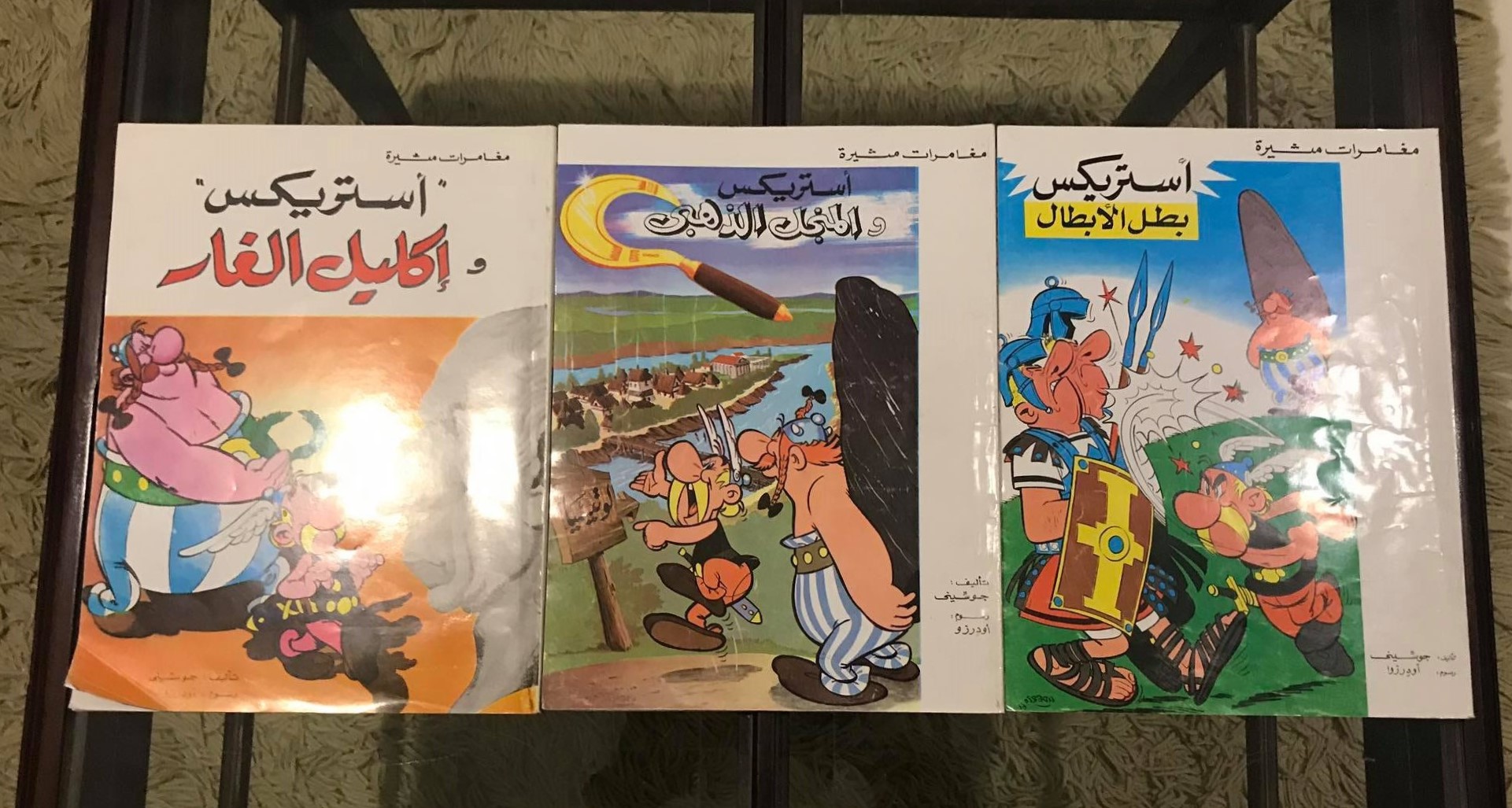
“I associate reading Tintin Magazine with the summer holidays,” said Ahmed El-Safty, professor of economics at the American University in Cairo and lifelong fan of the comic. “When I was a teenager, there weren’t as many pastimes as there are now. There was no internet, no North Coast, and during term time we were very focused on our studies. So me and those of my friends who loved to read would devour the comics during the summer, often reading a single copy multiple times.”
As the popularity of Tintin grew in Egypt, publishers took the plunge and printed the original Tintin books in Arabic. Bookshops and curbside book stands began to stock the books exclusively dedicated to a single Tintin story, along with other books of the same genre. Most notable among those were Lucky Luke by Belgian artist Morris and Astérix by French artist and editor respectively Albert Uderzo and René Goscinny.
The action-packed, intricately illustrated, and creatively themed comic books provided a combination of intrigue, humour, and excitement, with pictures that held new surprises the closer they were inspected.
“Tintin really changed my life,” Egyptian comic artist Mac Toot, who recently created a series of illustrations inspired by Hergé’s work, told Egyptian Streets. “From the moment I read my first Tintin book, I knew I wanted to become a comic artist.”

Though all originally written in French, the Arabic translations of three comic series saw a time of great prominence among teenagers in Egypt. Until today, fans of these colourful, comical, and action-packed books recognize each other by exchanging popular catchphrases from the Arabic translations.
Upon their arrival in Egypt, these comics became an excuse for children and teenagers to bond with one another. Afnan Shehata, whose childhood and youth were in the 60s and 70s, says that she would often read the comics to her younger siblings.
”We also used to lend them to each other at school,” she told Egyptian Streets. “Some kids’ parents didn’t really care much for these comics and wouldn’t buy them for their children, so they would borrow them from children whose parents bought them.”
Beyond providing a way for young people bond, they also provided a window to the world, history, and knowledge. While Lucky Luke created a dazzling image of the Wild West, Astérix contained fascinating tidbits about Ancient Roman Europe throughout its fantastical storylines, and Tintin provided a window into 20th century history.
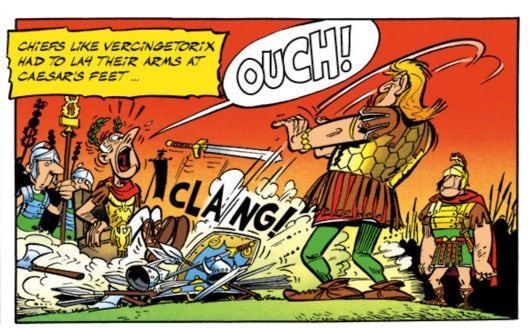
“I loved Tintin at seven, but when I read Tintin at 17 and when I read Tintin at 27…you realise the depth of what you’re reading,” said Mac Toot, who says that he draws inspiration from Hergé’s Tintin in his illustrations, but more from Uderzo and Goscinny’s Astérix in his use of acerbic humour.
While nowadays the most popular comic book markets are American and Japanese, Mac Toot told Egyptian Streets that young aspiring comic artists expressed immediate fascination with the bandes dessinées when he showed them copies in workshops he has held.
However, among Baby Boomers and members of Generation X the cultish love for the comics remain and the nostalgia around the iconic illustrated stories continue to be a source of fond memories and timeless laughs immortalised in reminiscent conversations and countless Facebook fan groups.
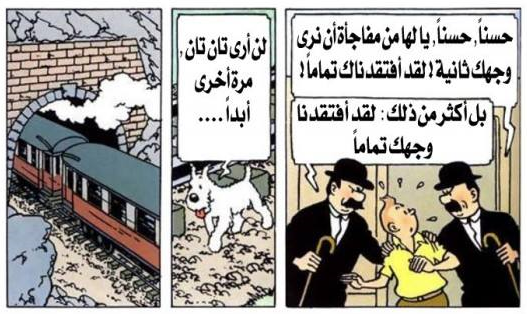





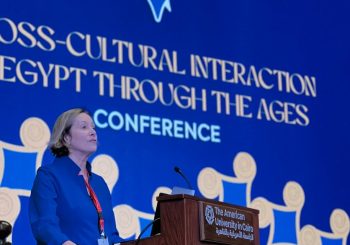
Comments (4)
[…] Tintin, Lucky Luke, and Astérix: Remembering the Comics That Entertained a Generation Mango Season: Egypt’s Favorite Summer Fruit […]
[…] Read more… […]